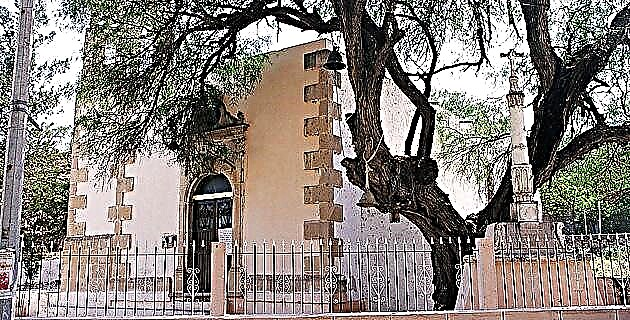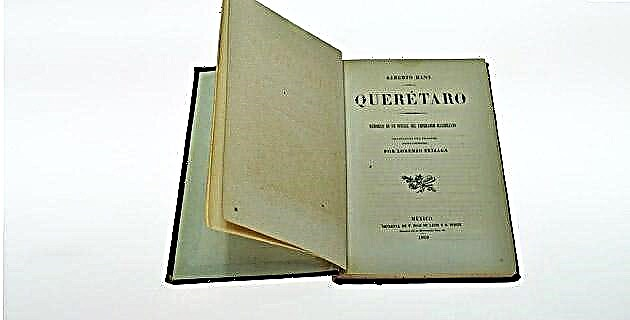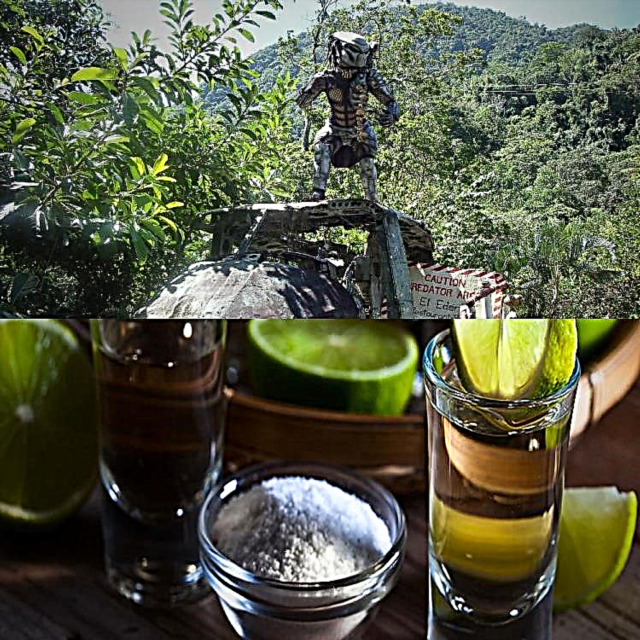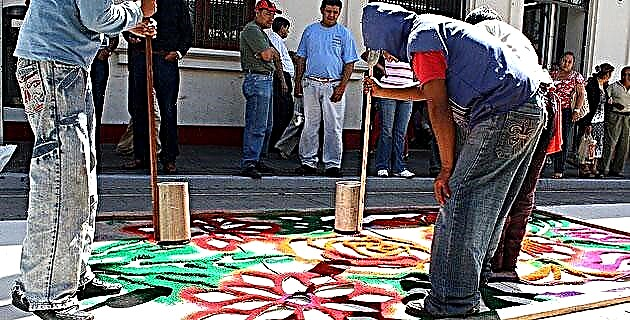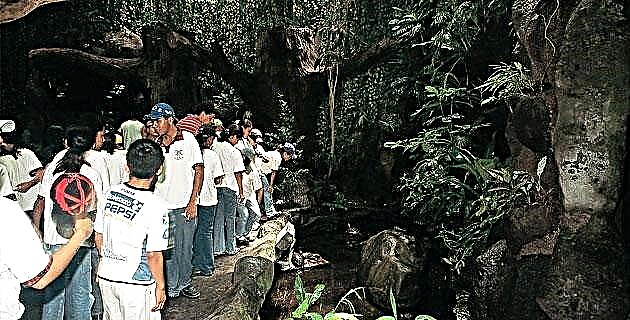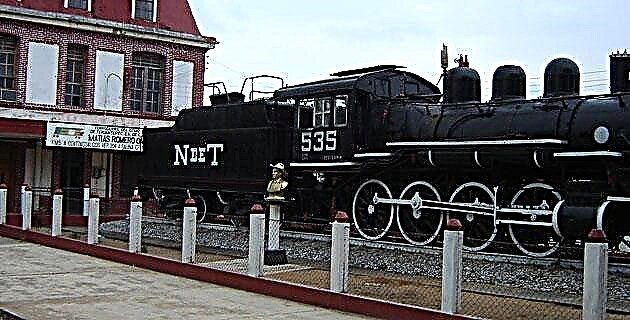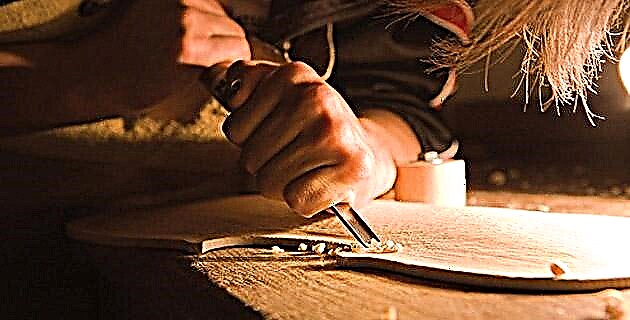
There is no particular detail in the manufacture of an instrument that is decisive to achieve the perfect sound; it is the set of factors and elements that intervene in its emission.
Almost like a medieval alchemist, the laudero has transformed the woods with his hands, giving style and shape to each instrument to seek a musical sound full of mysticism and magic.
For many centuries, laudería has been the trade of building and restoring rubbed-string musical instruments, such as the violin, viola, cello, double bass, viola da gamba and vihuela de arco, among others.
Today, this activity, with an incredible ancestral tradition, is practiced as a discipline that obeys the highest artistic and scientific rigor, in which ancient and modern techniques are used for its production.
In the colonial city of Querétaro -decreted in 1996 Cultural Heritage of Humanity by UNESCO- is the new headquarters of the National School of Laudería.
In front of this educational center, just look at the narrow cobbled streets where the sounds of rolling carriages and horseshoes still seem to be heard, to feel transported to the past.
This time we go back to those times when the magic of alchemists was combined with the ingenuity of wood craftsmen to create beautiful and harmonious musical instruments.
As soon as we entered the building, the first thing we noticed was the sweet sound emitted by a student's violin. Later we were received by Fernando Corzantes, who accompanied us to the office of teacher Luthfi Becker, the principal of the campus.
For Becker, a laudero of French origin, laudería is a magical profession where the main "gift" is patience. He makes his students aware of the value of the bond that unites the artistic aspect with technical research and the importance of the union between ancient, present and future times, since the laudero will exist as long as the music lasts.
In 1954, the National Institute of Arts created the National School of Lauderia with the teacher Luigi Lanaro, who came to Mexico on purpose to teach the art of making and restoring instruments; however, the school disintegrated in the 1970s with the teacher's retirement.
In this first effort, it was possible to teach several people the craft of elaboration and restoration, but none of them achieved the professionalism required for this work. For this reason, in October 1987 the Escuela Nacional de Ladería was again established in Mexico City. This time the teacher Luthfi Becker was invited to be part of the school.
The main objective of this undergraduate degree, with a duration of five years of studies, is the training of luthiers with a high professional level capable of elaborating, repairing and recovering rubbed-string musical instruments with technical, scientific, historical and artistic bases. In this way, with the practice and knowledge acquired, the luthiers help to preserve ancient musical instruments -considered cultural heritage- and of recent manufacture.
The first place we visited on our tour of the school was the room where they have a small, but very representative, exhibition with the musical instruments that have been the students' thesis work. For example, we saw a baroque violin, built with the techniques and processes belonging to the baroque of eighteenth-century Europe; a lira di braccio, an example of eighteenth-century European leatherwork; a Venetian viola that was made using patterns and methods from 17th century Venice; as well as several violins, a viola d'amore and a baroque cello.
In the process of building the instruments, the first step is the selection of the wood, which can be pine, spruce, maple and ebony (for ornaments, fingerboard, etc.). At school they use imported woods brought from different parts of the world.
In this regard, some biologists -researchers in the forestry area- have been carrying out work to search among the 2,500 species of Mexican pine trees which can be used in the lumber industry, since importing wood is very expensive.
Since the student knows that his work is part of the recovery of a tradition, he always takes into account that the elaboration techniques that he is going to use and select are the legacy of the great masters of the construction of stringed instruments as they were. Amati, Guarneri, Gabrieli, Stradivarius, etcetera.
The second phase of the process is to choose the model and the size of the instrument, faithfully following the measurements of all the pieces, with the purpose of creating the mold for the crown, ribs and other elements, as well as cutting the pieces and carving each one of them. the parts of the acoustic or sound box.
In this step, the wood from the top and bottom is spit out to achieve the appropriate shape and thickness, since a static system is produced in the acoustic box that, through pressure and tension, makes the instrument vibrate.
Before assembling the pieces, the density of the wood is checked with the help of a light box.
In another laboratory it is verified that the transmission of sound is carried out in a uniform way. For this, the school has the support of the National Institute of Metrology, in charge of conducting acoustic physics tests with the instruments that the students make.
The sound box and the rest of the pieces are glued with glues (glues) made from rabbit skin, nerves and bone.
In the manufacture of the handle, the laudero demonstrates the skill and mastery he possesses. The strings that were formerly used were gut; At present they are still used but they also use the metal wound ones (metal-lined casing).
Finally the surface of the wood is finished. In this case, the instrument is covered with varnishes made in a "homemade" way, since they do not exist on the market; This allows for personal formulas.
The application of the varnish is manual with a very fine hair brush. It is left to dry in an ultraviolet light chamber for 24 hours. The function of the varnish in the first place is protective, in addition to the aesthetic aspect, to highlight the beauty of the wood as well as that of the varnish itself.
There is no particular detail in the manufacture of an instrument that is decisive to achieve the perfect sound; It is the set of factors and elements that intervene in the emission of a pleasant sound: the height, the intensity, the resonance and the strings, the bow, and so on. Without forgetting, of course, the performance of the musician, since the interpretation is the final seal.
Finally, it is worth mentioning that a laudero is not only in charge of the construction, repair and restoration of instruments, but can also be dedicated to research and teaching in scientific and artistic areas such as art history, physics, acoustics, biology of the wood, photography and design. In addition, it is possible that it carries out an interesting museum work, as well as appraisals and expert opinions of musical instruments.
Source: Unknown Mexico No. 245 / July 1997

